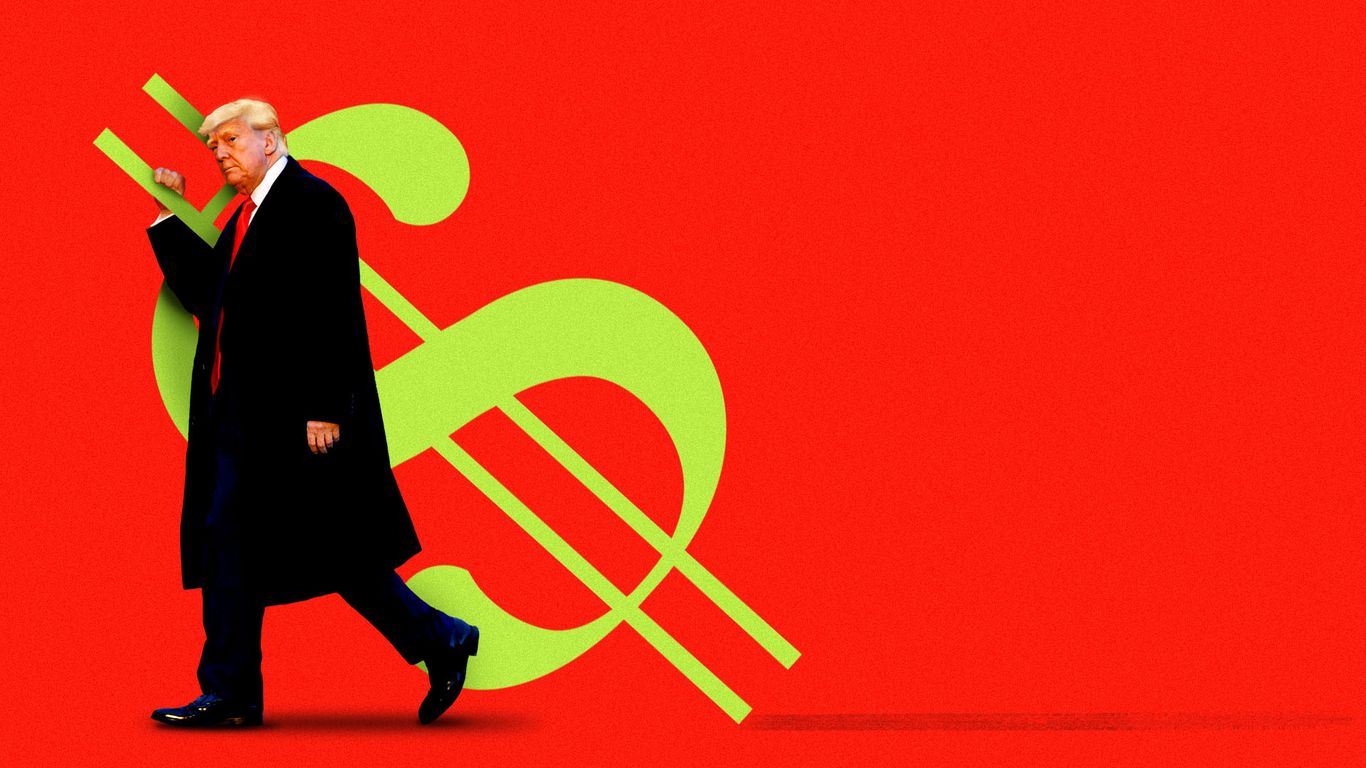Central Bankers Grapple with Market Instability and Policy Constraints

Central Bankers Face Mounting Anxiety Over Market Stability
In Washington, a palpable sense of unease has settled among central bankers as they prepare for a pivotal week of policy discussions. Beyond familiar concerns—such as simmering global trade tensions and ballooning public debt—a new specter looms large: the threat of a destabilizing stock market crash. Recent market volatility, fueled by aggressive trade policies and investor jitters, has amplified fears that asset prices may have drifted dangerously far from fundamentals. The Federal Reserve, in particular, is closely monitoring signs of froth, with some officials privately acknowledging that a sharp correction could derail the fragile economic recovery and complicate already delicate monetary policy decisions.
Policy Dilemmas and the Limits of Intervention
While central banks have historically acted as a backstop during market turmoil—trimming rates or injecting liquidity to calm nerves—there is growing recognition that such measures may offer diminishing returns. The Fed’s recent rate cut, framed as a “risk management” move, reflects both caution and the limits of monetary policy in addressing structural vulnerabilities. Policymakers are grappling with the reality that, even as they seek to cushion the economy, underlying issues like housing shortages and regulatory burdens remain largely beyond their reach. As debates intensify, the question is not just whether central banks can prevent a crash, but how to mitigate the fallout if one arrives despite their best efforts.
About the Organizations Mentioned
Federal Reserve
## Overview and Mission The Federal Reserve, often called the "Fed," is the central bank of the United States, established by Congress in 1913 to provide the nation with a safer, more flexible, and stable monetary and financial system[1]. Its mission centers on a dual mandate from Congress: to promote maximum employment and maintain price stability, ensuring the dollar retains its value over time[1]. The Fed operates through a unique hybrid structure, combining a national Board of Governors in Washington, D.C., with 12 independent regional Reserve Banks, including institutions like the Cleveland Fed[1]. This decentralized setup allows the Fed to closely monitor economic conditions across diverse regions, industries, and communities, while maintaining independence from short-term political influences[1]. ## Key Functions The Fed’s responsibilities are broad and vital to the U.S. economy. It conducts monetary policy—primarily by influencing interest rates—to achieve its employment and inflation goals[2]. The Fed also supervises and regulates banks to ensure the safety and soundness of the financial system, works to minimize systemic risks, and fosters efficient payment and settlement systems[2]. Additionally, it promotes consumer protection and community development, addressing emerging issues through research, supervision, and enforcement of consumer laws[2]. ## History and Evolution The Federal Reserve is the third central bank in U.S. history, following two failed attempts in the 19th century[1]. Its creation was a response to the financial turbulence of the early 20th century, aiming to prevent crises and stabilize the economy. Over time, the Fed has evolved, adopting more transparent and inclusive policymaking processes. For example, it now conducts regular reviews of its monetary policy framework, engaging with academics, businesses, and the public to refine its strategies and communications[3][5]. ## Recent Developments and Achievements In 2025, the Fed completed its second major review of its monetary policy strategy, tools, and communications, reaffirming its commitment to transparenc








:max_bytes(150000):strip_icc()/GettyImages-2227392128-f95994034c8f47c38408febb9d015a6c.jpg)